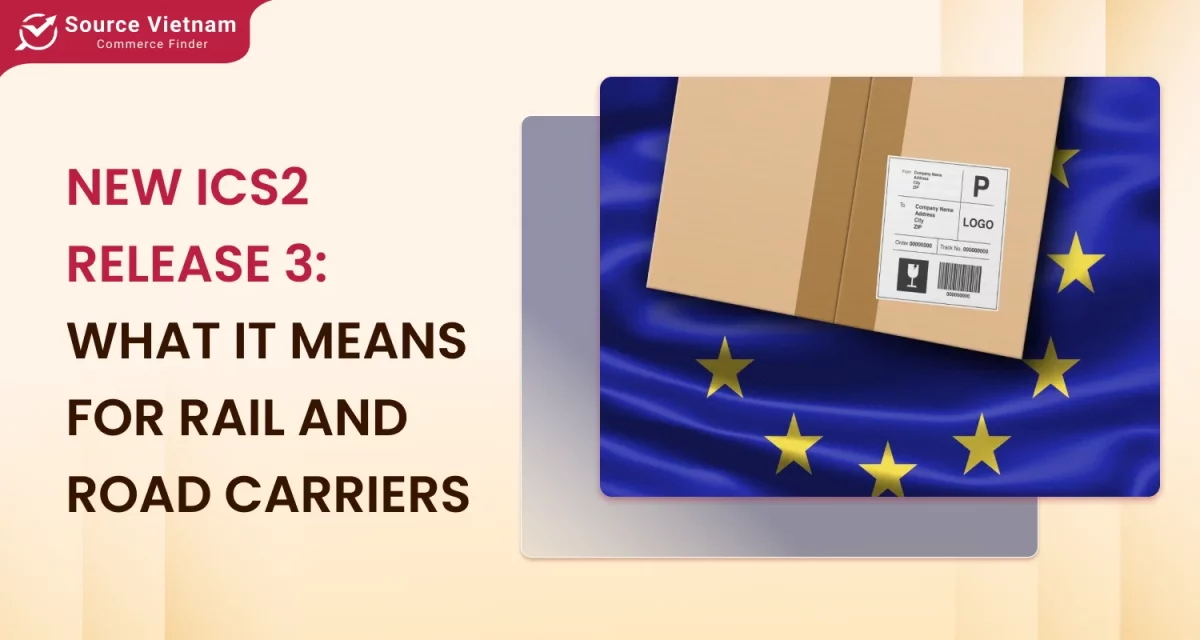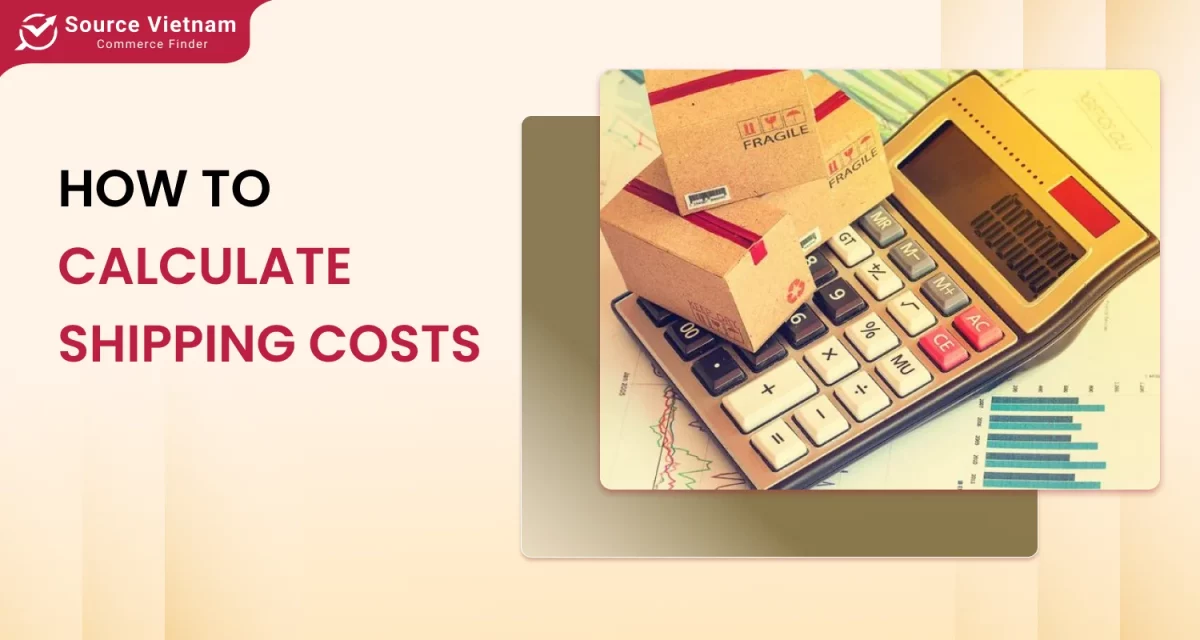Insight:
- Proof of Delivery (POD) is essential for verifying successful shipments.
- PODs enhance customer satisfaction, boost efficiency, and reduce costs.
- Paper and electronic PODs are common formats.
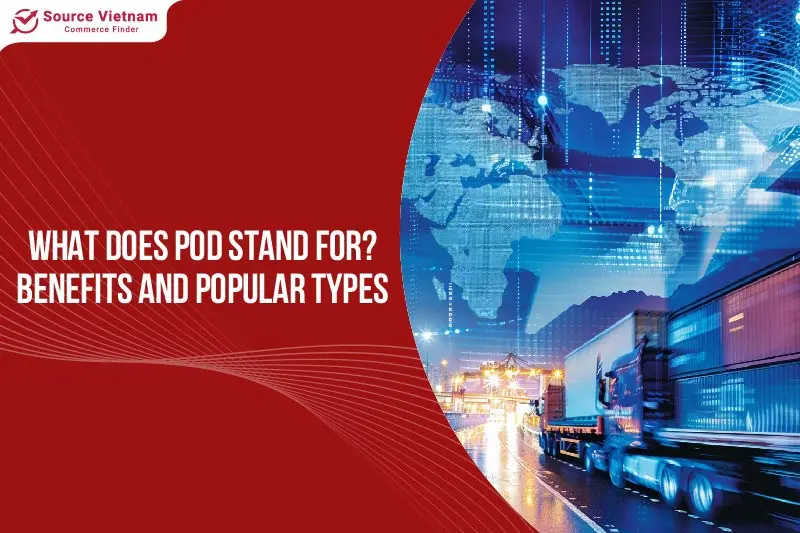
What does POD stand for?
According to research, POD in logistics stands for:
- A Proof of Delivery (POD) is a physical or digital document that indicates that a shipment has been delivered to the specified recipient. This stage is crucial in the supply chain management process, as it allows businesses to verify that their products have reached the intended destination and enables customers to track the status of their orders.
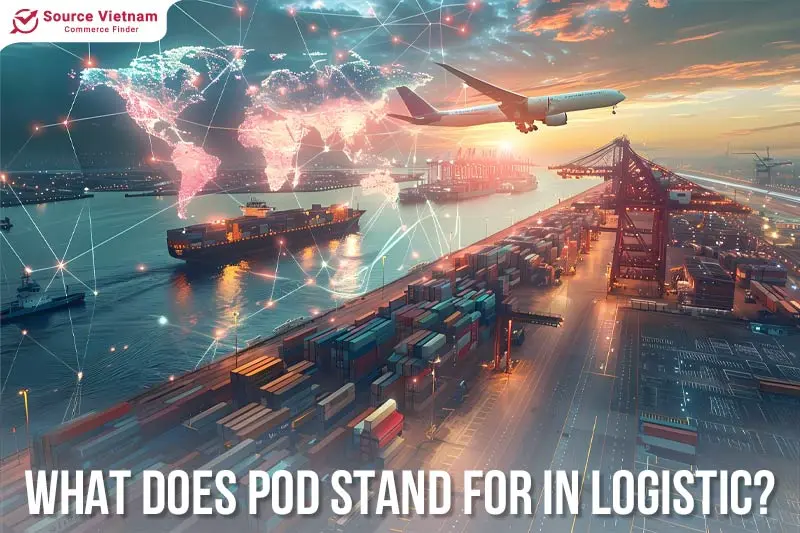
- Port of Discharge: The port of discharge is where goods are unloaded from a ship and prepared for delivery to the consignee’s warehouse. Here, goods undergo customs clearance and quality and quantity inspections and are transferred to the consignee. This process involves import procedures, duty payments, and compliance with import regulations.
Read more: What does partially shipped mean? Pros and Cons need to know
What information is contained in a Proof of Delivery (POD)?
Typically, a POD contains information such as:
Shipper details
Include all delivery documents (must include company name and contact information). Ensure that the following elements are clearly stated on the form:
- Company name
- Business address
- Company email
- Phone number (optional)
- Order origination address (warehouse) (optional)
- Business ID/tax ID (optional).
Client (recipient)
Client (recipient) details:
- Customer or company name.
- Customer address.
- Optional: phone number and email address.
- Optional: business ID or tax ID.
- Optional: customer reference ID.
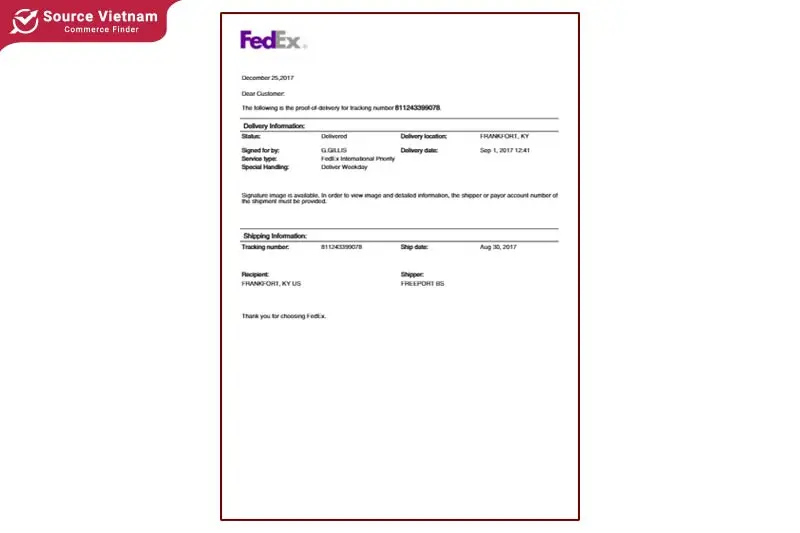
Order Information
This section is essential for accounting, record-keeping, and future customer reference. It should include the following details:
- Order number.
- Invoice number.
- Order date.
- Departure time (optional).
- Arrival time at store (optional).
- Order barcode (optional).
- Order status.
- Order weight.
- Goods/items.
Goods/Items
Include a detailed item list in your POD and delivery confirmation forms to enhance transparency. Consider attaching a delivery sheet to this documentation. Adjust the item characteristics as needed based on the type of goods being delivered.
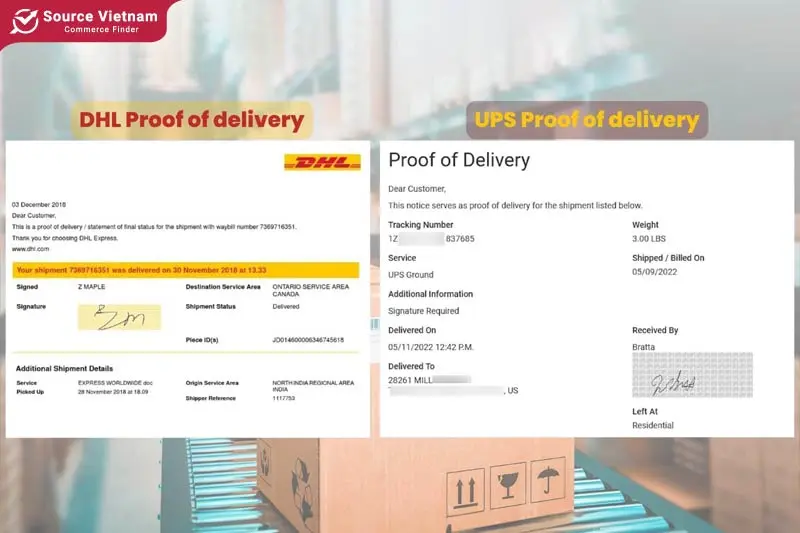
Include detailed information on:
- Number of items.
- Item code.
- Item name.
- Unit.
- Expected quantity.
- Actual quantity.
- Number of rejected items.
- Reason for rejection.
- Photo (optional).
Proof of Actual Delivery
To verify delivery status, your delivery receipt should include proof of delivery. Consider including the following components:
- Photo evidence.
- Location map (geotag).
- GPS coordinates.
- Customer’s signature.
- Custom notes.
Not every delivery goes smoothly. To ensure transparency and accountability, it’s essential to document failed delivery attempts.
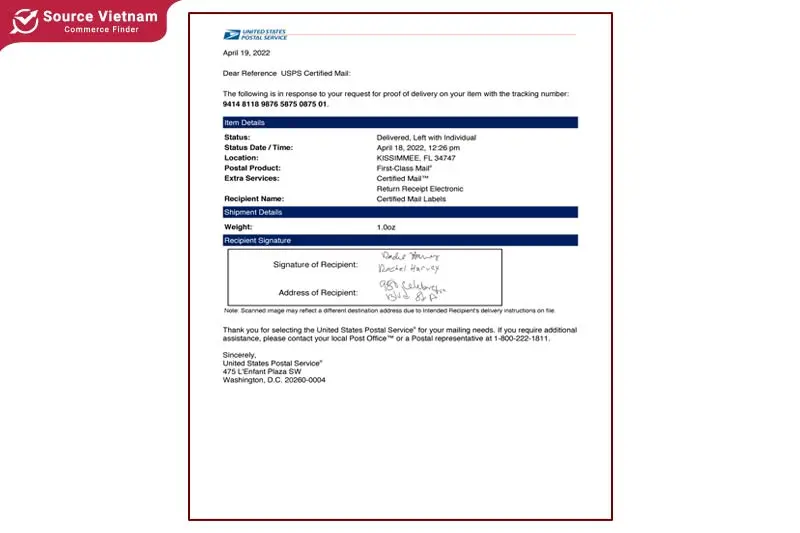
Include the following information on your Proof of Delivery (POD) for rejected orders:
- Reason for rejection: Clearly state why the customer refused the order (e.g., damaged item, wrong item, order not placed).
- Visual evidence: Capture photos of the rejected item and any damage to document the issue.
- Delivery agent details: Record the driver’s name and vehicle information for reference.
Driver and Vehicle information
Including comprehensive courier information on delivery, tickets are crucial for effective delivery management and exceptional customer service. Businesses can streamline operations, improve accountability, and facilitate efficient issue resolution by capturing essential details such as the driver’s identity and vehicle information.
Key courier information to include on delivery tickets:
- Courier name.
- Courier contact number.
- Vehicle details.
Read more: What Does FOB Mean for Shipping and Freight Responsibility?
The role of POD in logistics
Proof of delivery is considered a crucial legal document that can help protect the shipping company from disputes and losses related to unfulfilled orders. Additionally, this document serves several other important purposes, including:
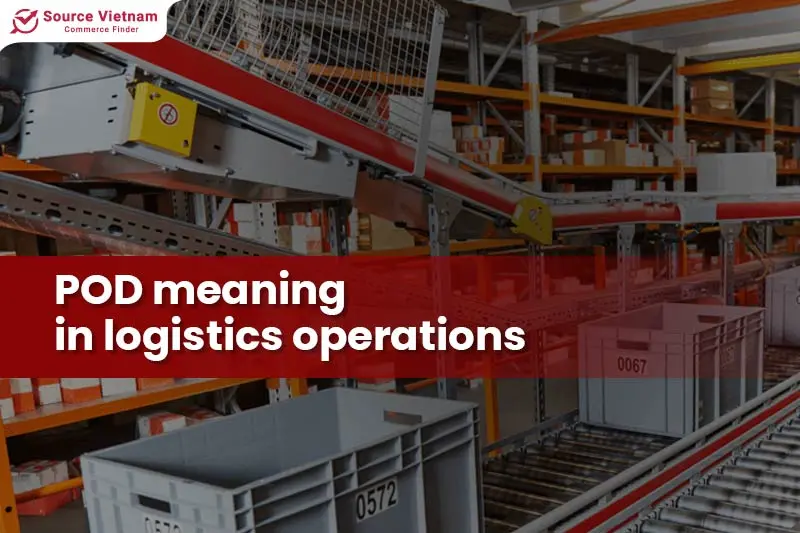
- Track your goods anytime, anywhere: POD logistics meaning enables businesses to monitor the flow of goods and sales processes, from start to last-mile delivery, and collect real-time delivery data. This allows for detecting any bottlenecks or delays in the delivery process, enabling timely corrective actions and ensuring that orders are delivered to customers on schedule.
- Efficient inventory management: PODs provide businesses accurate information about the recipient, location, and delivery time. This enables businesses to track the movement of goods throughout the supply chain and adjust inventory levels as needed.
- Meeting all customer needs: Proof of Delivery (POD) enhances customer satisfaction. It allows businesses to provide real-time delivery updates to customers, ensuring that orders are delivered on time and in perfect condition. Additionally, PODs can help businesses identify and promptly address any delivery-related errors.
- Ensuring payment transparency: Proof of Delivery is crucial for accurate and timely billing. It provides businesses with concrete evidence of goods delivered, allowing them to generate invoices promptly and correctly. By automating the billing process with POD data, businesses can streamline operations and minimize the risk of errors or disputes.
- Minimize errors: Additionally, Proof of delivery cuts down on mistakes and disputes. By recording deliveries instantly, businesses ensure accurate and up-to-date information, preventing billing and inventory errors.
Common Types of POD in the Logistics Industry
There are three common types of PODs in the logistics industry:
- A physical copy of the POD document outlines complete shipment information, including order and tracking numbers. The company officially issued it and requires the recipient’s handwritten signature to acknowledge receipt.
- e-POD: The electronic Proof of Delivery (e-POD) uses digital formats to confirm package receipt. QR codes or barcodes with shipment details are scanned during delivery, and confirmation is updated online. This method is convenient, cost-effective, and reduces the risk of the document being misplaced or damaged. Most e-commerce deliveries use e-POD for its convenience and efficiency.
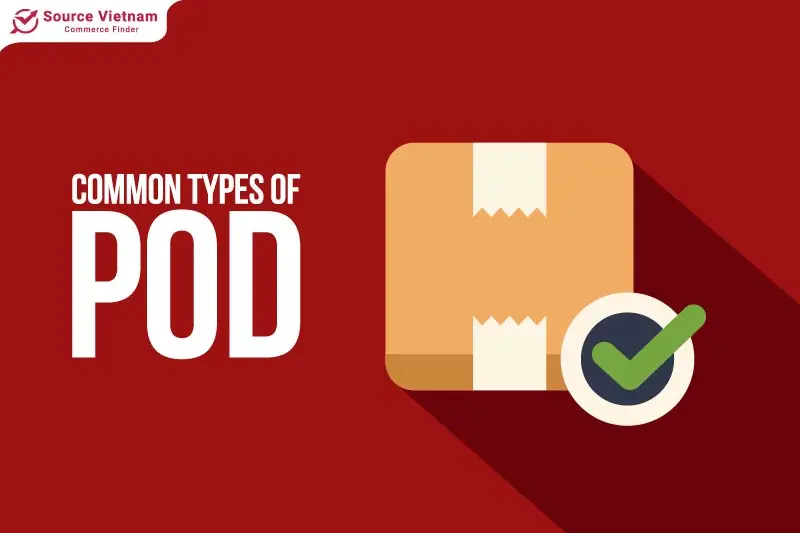
Other types of proof of delivery include:
- Straight POD: A Straight POD is like a receipt for a delivery. It confirms that the package has reached its destination. This document typically includes the recipient’s signature, the delivery date, and other relevant details.
- Claused POD: A Claused POD is like a delivery receipt with extra rules. It might ask the recipient to check for damage or verify the number of items received before signing.
- To-Order POD: A To-Order POD is a specific type of delivery document generated only when a customer orders. This means there won’t be a POD created until someone purchases.
Benefits of using POD
For customers
- To reassure customers about their orders: Unlike in-store shopping, online purchases give customers less control over the timing of their purchases. However, 91% of online shoppers actively track their orders, with 39% doing so at least once daily. Therefore, a Proof of Delivery (POD) can reassure customers that their orders will be delivered as expected.
- To help verify the delivery: PODs provide the best way for customers to confirm receipt of their purchases before signing. They also make it easy for customers to return items or claim refunds for any problems.
- Complete protection for order safety: Proof of delivery confirms package arrival, prompting customers to bring their items indoors immediately. This is particularly important for contactless deliveries and helps prevent package theft.
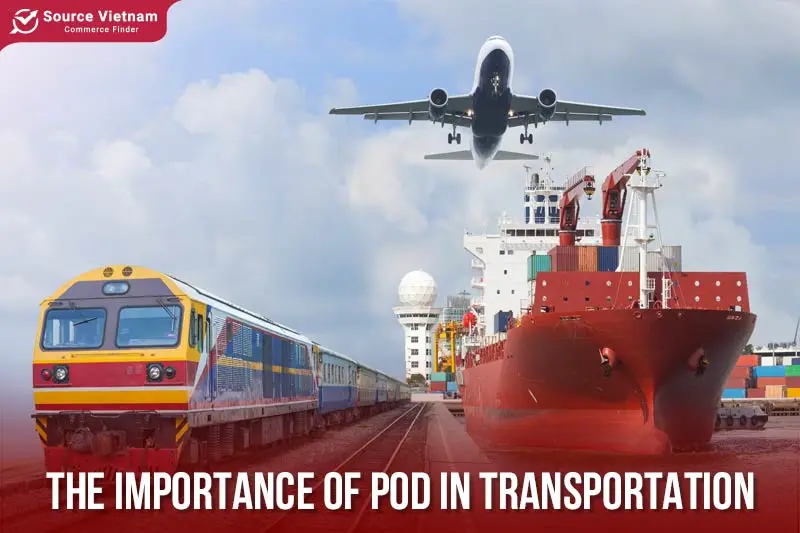
For business
- Enhanced delivery experience: POD delivers a better delivery experience. Unlike traditional methods, where you have limited visibility into a driver’s activities once they start their route, POD requires drivers to collect proof of delivery before completing a delivery. This increased transparency allows for better monitoring of delivery quality.
- Accurate deliveries and cost savings: POD enables customers to confirm the delivery status of their orders. This eliminates the need for costly refunds or returns. Additionally, delivery drivers can capture on-site images as proof of delivery, reducing the need for dispatching additional teams to rectify delivery issues.
- Improved employee efficiency: Electronic POD automatically sends delivery confirmation from the driver’s app to office personnel. This streamlines paperwork and simplifies driver tracking. Moreover, real-time delivery data, including delivery times, can be easily captured, minimizing late deliveries.
Read more: What Does Net Weight Mean? Different about net weight and gross weight?
Conclusion
The article has provided a comprehensive explanation of what does POD stand for, highlighting its significant benefits in the shipping process and the benefits of using POD in your supply chain. Furthermore, POD is an indispensable element in transportation, playing a vital role in efficiently moving goods.
If you seek a platform that provides high-quality products and a transparent shipping process, look no further than SourceVietnam.com. As a leading cross-border e-commerce platform, we offer a wide range of premium Vietnamese products and efficient delivery services to ensure your orders arrive on time.
FAQs
Why is POD important in transportation?
Proof of Delivery (POD) documents are pivotal in the transportation industry. They are undeniable evidence that a shipment has reached its intended destination, protecting shippers and carriers from potential disputes.
By providing real-time data on deliveries, PODs enable businesses to optimize routes, improve customer service, and measure performance metrics. Moreover, PODs are essential for compliance with industry regulations and can be used to generate valuable insights for future operations.
How does digital POD differ from paper POD?
While paper PODs rely on physical documents and manual data entry, digital PODs leverage technology to automate and streamline the delivery process. Digital PODs provide real-time visibility, reduce errors, and enhance security. Additionally, they offer features such as GPS tracking and electronic signatures, providing more comprehensive delivery data.
How does POD work in e-commerce?
In e-commerce, POD allows sellers to offer custom products without holding inventory. Designs are printed on items only after a customer places an order.
What products are typically sold using POD?
Common POD products include t-shirts, mugs, phone cases, and home decor items, which are easily customizable and popular among consumers.





